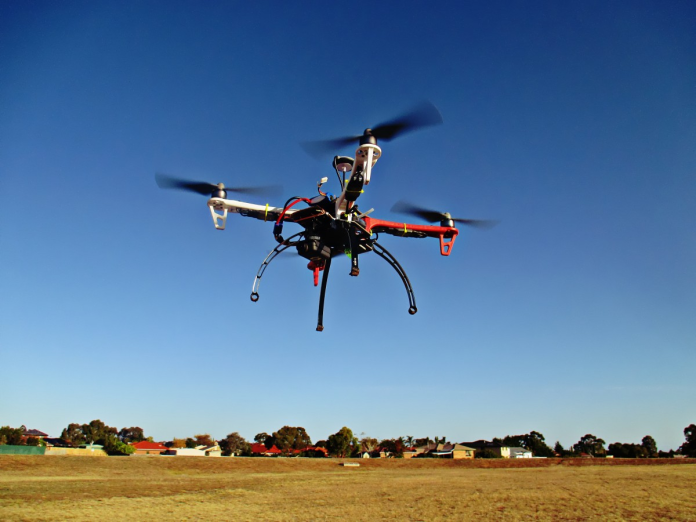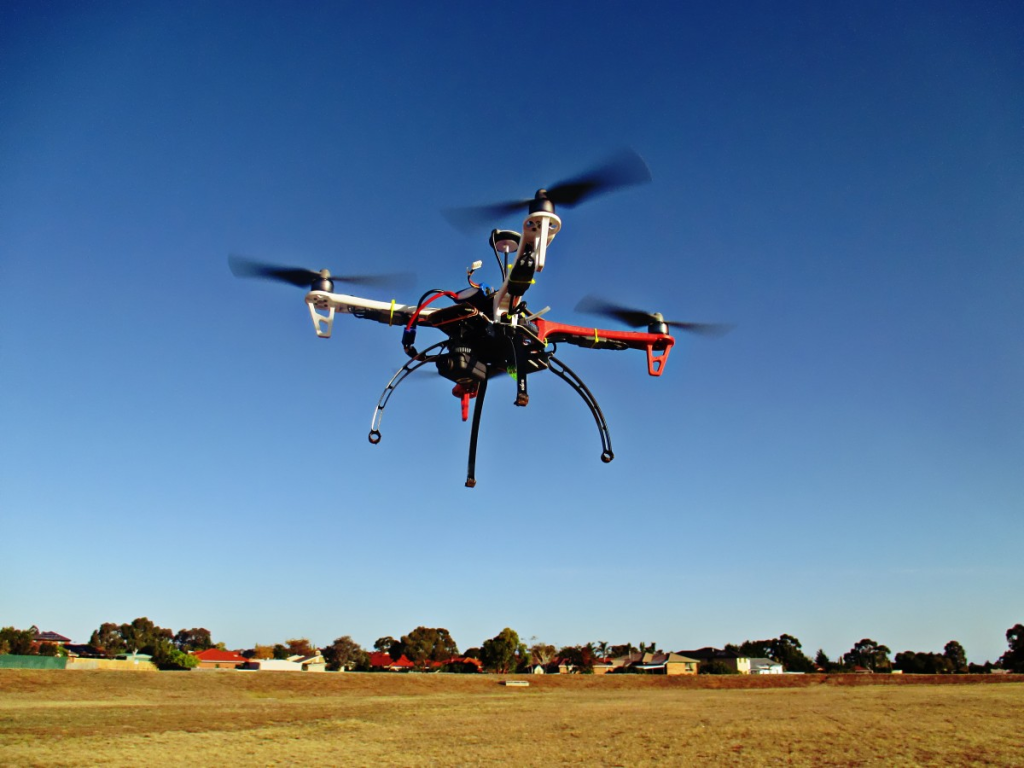
Eight new unmanned aerial vehicle strike companies have been stood up in Ukraine’s Armed Forces, equipped through the UNITED24 fundraising platform and state budget allocations. The announcement by Mykhailo Fedorov, Minister of Digital Transformation, marks a significant expansion of the country’s “Army of Drones” initiative an effort that has already seen three earlier companies produce measurable battlefield results. These units are not merely receiving drones; they are being outfitted with integrated strike systems, off-road vehicles, advanced communications, and Starlink satellite terminals, underscoring a deliberate push toward fully networked, mobile aerial strike formations.
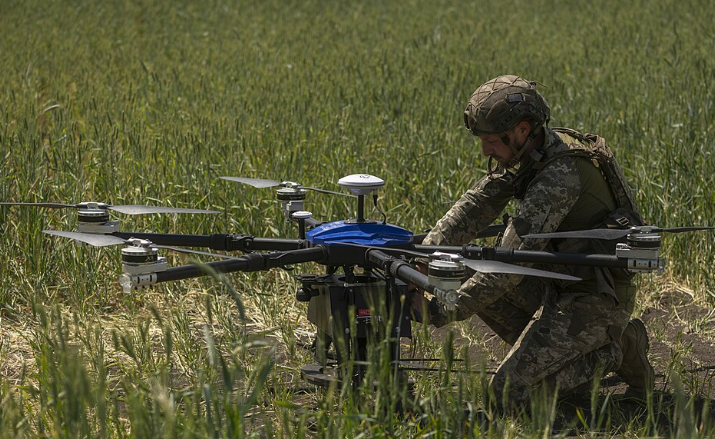
1. Kazhan: The Indigenous Heavy Hitter
Among the systems delivered are Ukrainian-made Kazhan attack drones rotorcraft available in both quadcopter and hexacopter configurations. Operators report that despite their relatively large frames, they can reach 120 km/h and carry up to 20 kilograms of ordnance, from 60 mm mortar shells to 122 mm mines. A simple but effective strap-and-ring ejection mechanism allows precision drops on enemy armor or troop concentrations. Endurance varies between 20 and 40 minutes, and the onboard payload suite includes a tenfold optical zoom camera and a thermal imager, enabling 24-hour operations. As one operator put it, “With the help of this drone, we detected and successfully destroyed concentrations of enemy equipment and manpower.”
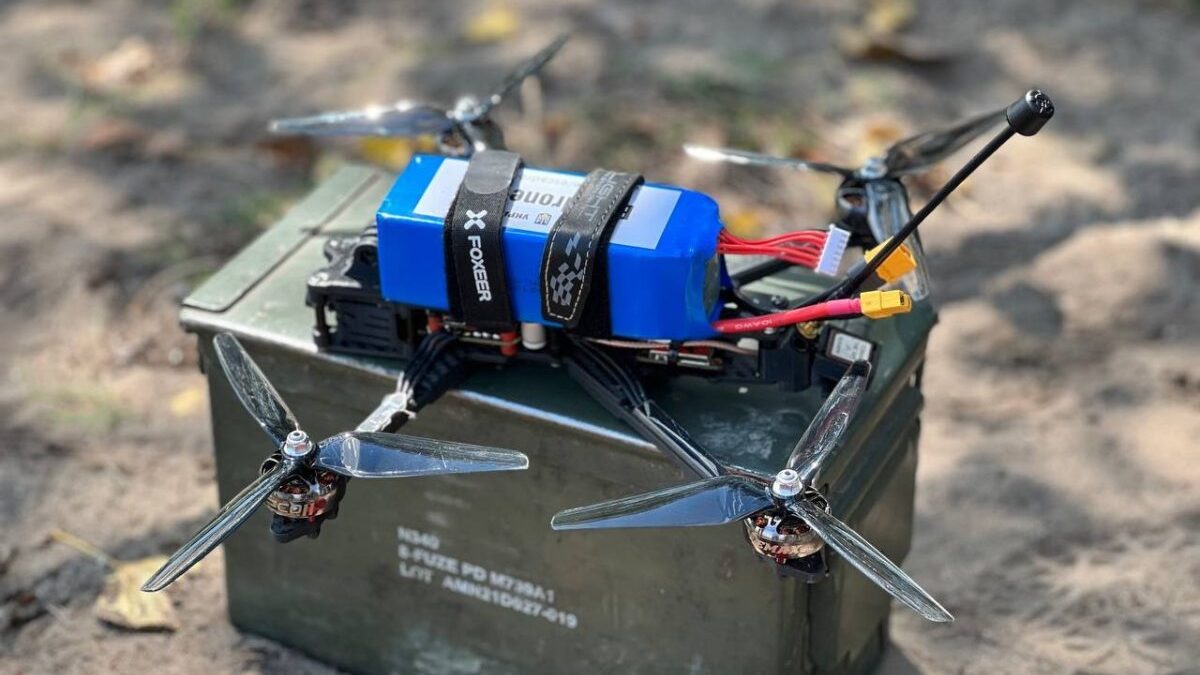
2. FPV Drones as Precision Strike Tools
First-person-view (FPV) drones, also issued to the new companies, have become Ukraine’s equivalent of a sniper rifle in the sky. Their agility allows them to weave through obstacles and deliver RPG-7 warheads or improvised charges with meter-level accuracy. Costing as little as $300, these platforms have destroyed tanks worth millions, a cost-exchange ratio that has redefined battlefield economics. Their maneuverability surpasses fixed-wing drones in urban and forested environments, and they are increasingly deployed in swarms to overwhelm defenses.
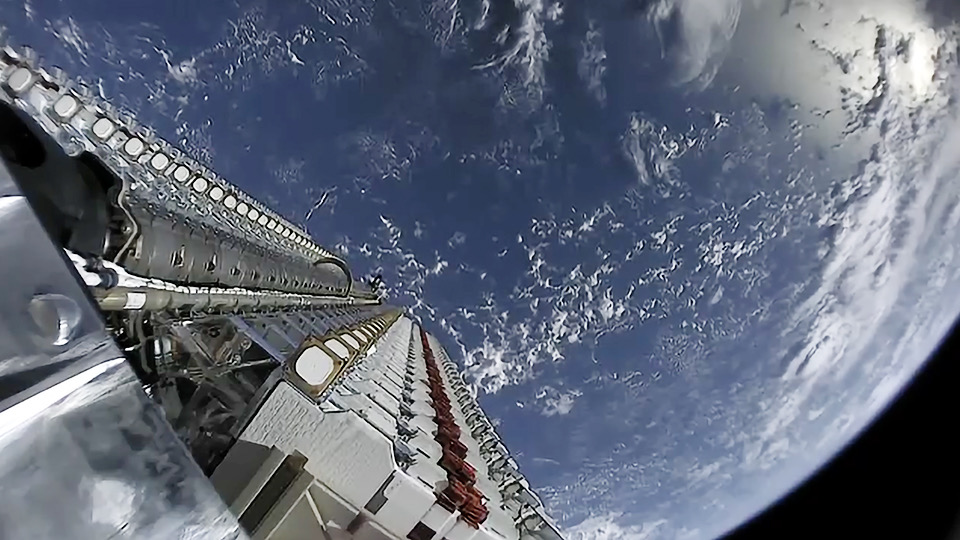
3. Integrating Starlink for Persistent Connectivity
Starlink satellite internet remains a backbone for Ukrainian drone operations, providing low-latency, jam-resistant links for command, control, and live video feeds. This capability allows operators to pilot drones beyond line-of-sight and coordinate strikes in real time. The recent global Starlink outage, which disrupted Ukrainian military communications for over two hours, highlighted the vulnerability of relying on a single commercial provider. Units were forced to conduct missions without video feeds, underscoring calls for redundant, locally hosted communication systems.
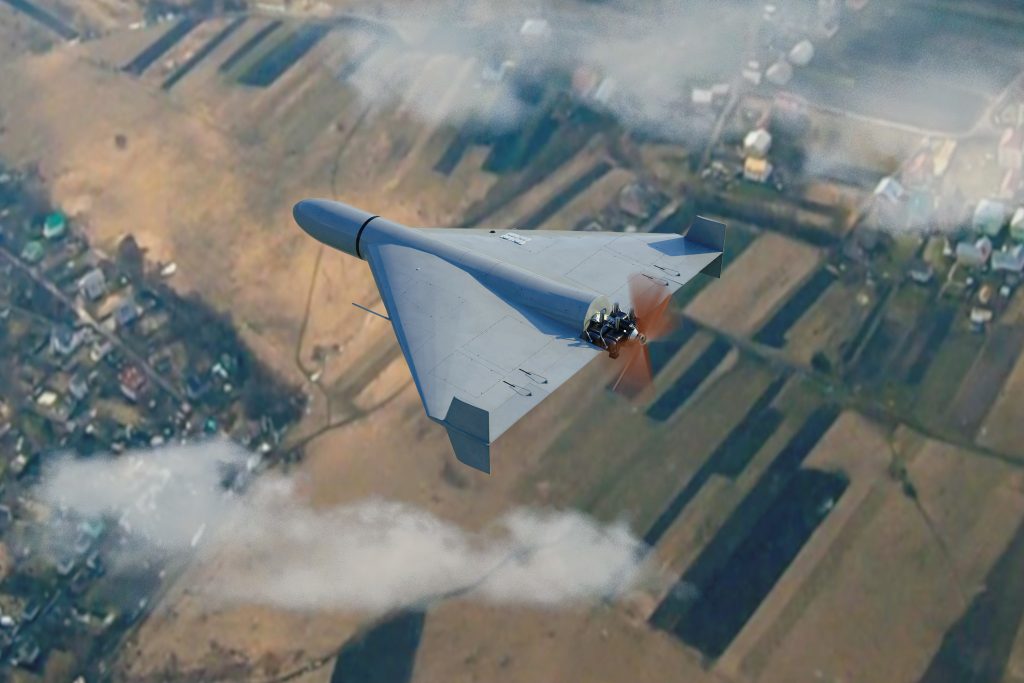
4. Battlefield Roles and Tactical Doctrine
The creation of dedicated UAV strike companies reflects a doctrinal shift toward integrating drones into combined-arms maneuver. These units are designed to operate alongside mechanized and infantry formations, providing immediate reconnaissance, suppressing defenses, and isolating enemy positions. This aligns with emerging concepts of drone-enabled maneuver warfare, where low-altitude “air littoral” dominance can open new flanks and create corridors for exploitation.
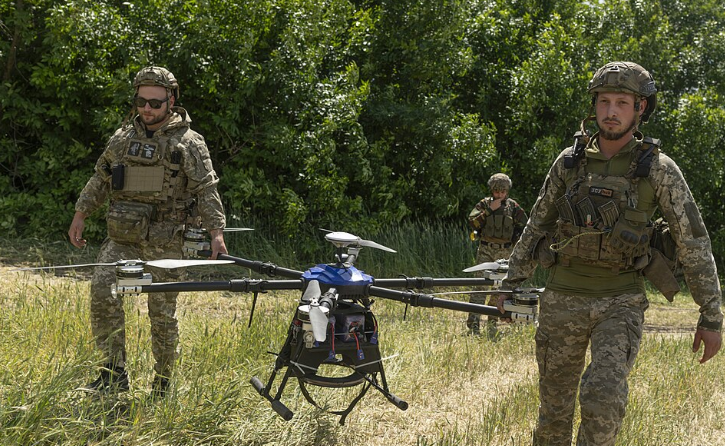
5. Sensor and Payload Synergy
Kazhan drones’ optical zoom and thermal imaging systems mirror capabilities seen in high-end ISR platforms, but in a compact, rotary-wing form. Thermal cameras enable night strikes against concealed positions, while zoom optics support target identification from standoff distances. FPV drones, though less capable in surveillance, often operate in tandem with reconnaissance UAVs, receiving target coordinates for terminal attack runs.
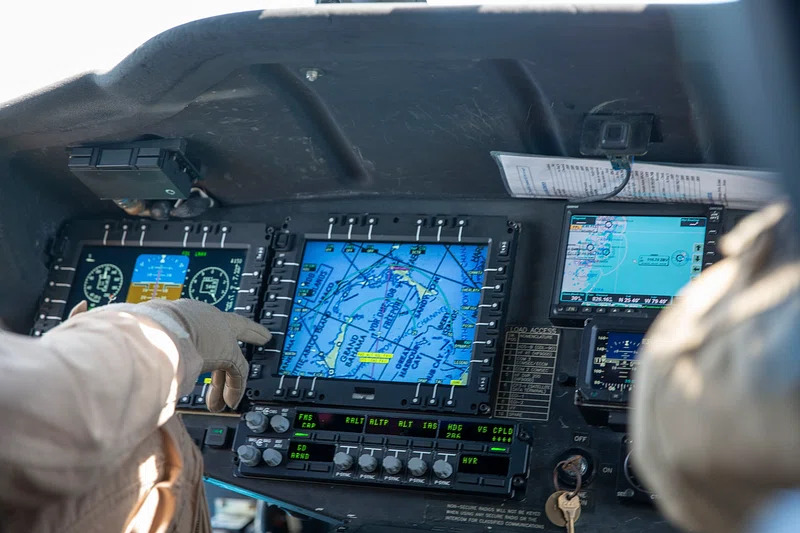
6. Countering Electronic Warfare
Russian forces have invested heavily in GPS jamming and signal disruption, prompting Ukrainian developers to experiment with anti-jamming measures, frequency hopping, and even fiber-optic tethered drones. The latter, immune to radio interference, have been used by both sides to interdict ground lines of communication. Ukrainian engineers are also pursuing unjammable, fiber-optic-enabled UAVs for contested environments.
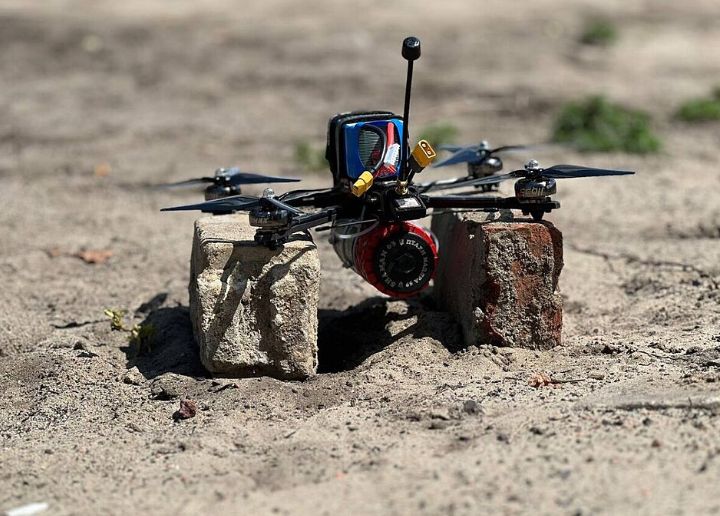
7. Incentivizing Accuracy Through the Army of Drones Bonus
The Brave1 Market platform gamifies precision strikes by awarding points for verified kills six points for an enemy soldier, up to 50 for a mobile rocket system. Points can be exchanged for new drones, EW systems, or components. Magyar’s Birds, a prominent unit, has amassed over 16,000 points, enough to acquire hundreds of FPV and reconnaissance drones, reinforcing a feedback loop between battlefield performance and re-equipment.
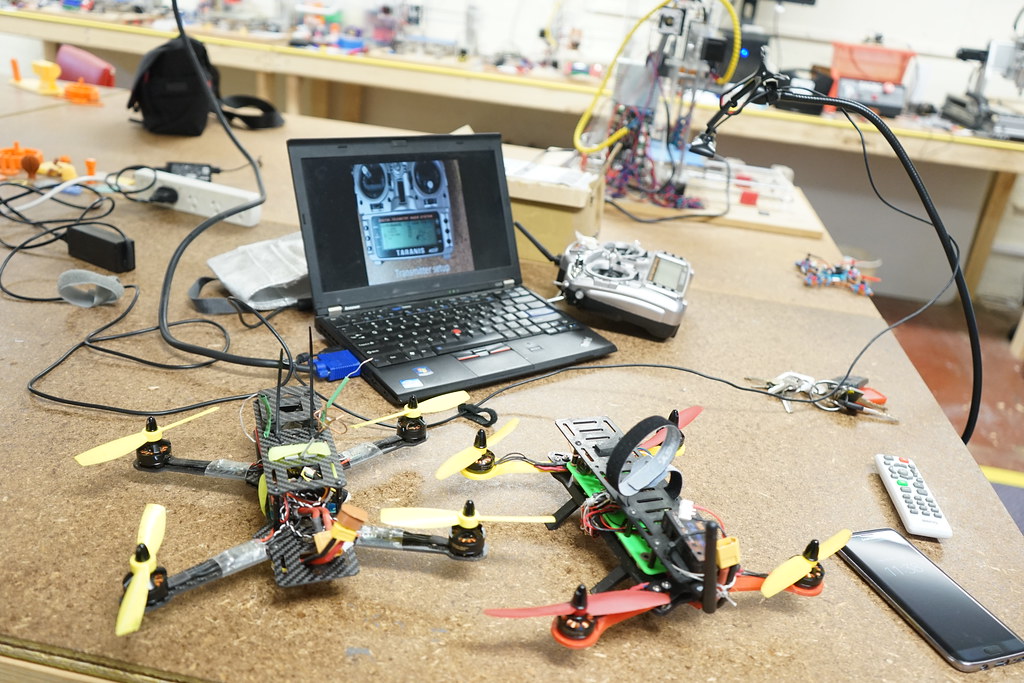
8. The Industrial and Volunteer Backbone
Ukraine’s drone ecosystem blends state factories, private firms, and volunteer workshops. Monthly production of small UAVs has reached six figures, with components sourced both domestically and via international channels despite export restrictions. Volunteer groups, some assembling drones in apartments, have become critical suppliers to frontline units, shortening R&D cycles and enabling rapid adaptation to enemy countermeasures.
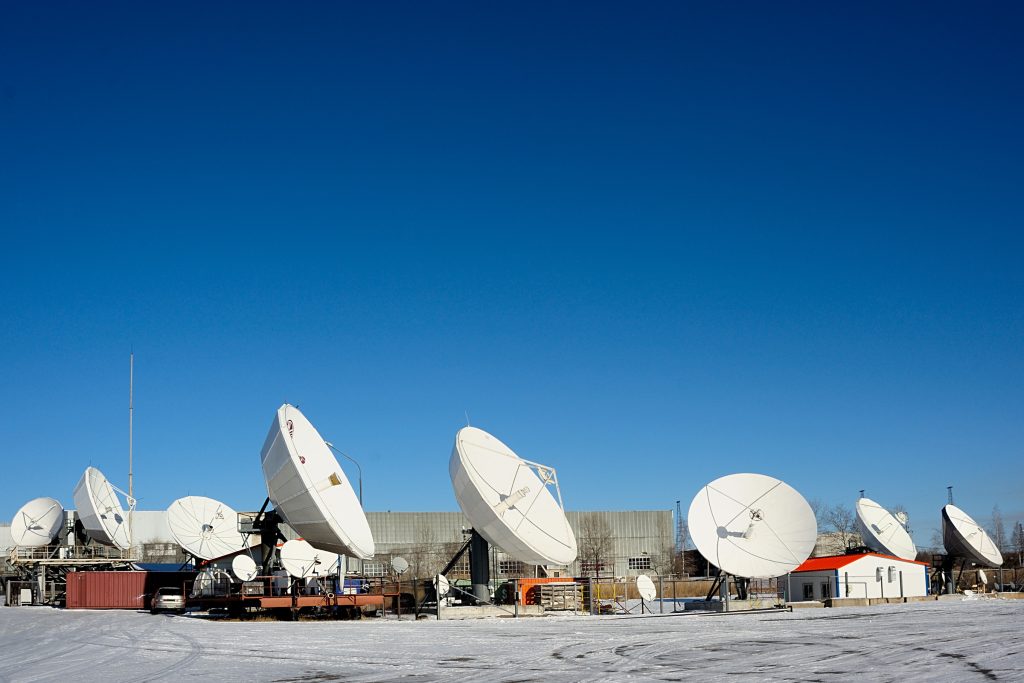
9. Strategic Implications
The deployment of these eight new strike companies signals a maturation of Ukraine’s drone warfare model from ad hoc use to structured, doctrine-driven employment. By combining indigenous manufacturing, advanced sensors, satellite communications, and incentivized precision, Ukraine is building a scalable template for integrating unmanned systems into modern combined-arms operations.
As Fedorov stated, “The creation of UAV strike companies is an unprecedented and timely step the three UAV strike companies that we launched a few months ago already have successful results at the front.” The question now is how quickly these capabilities can be expanded and sustained under the pressures of high-intensity conflict.
